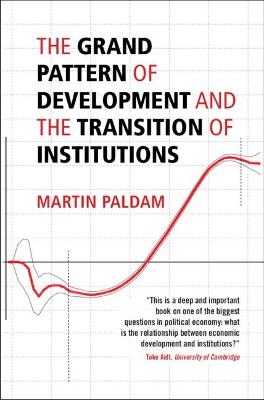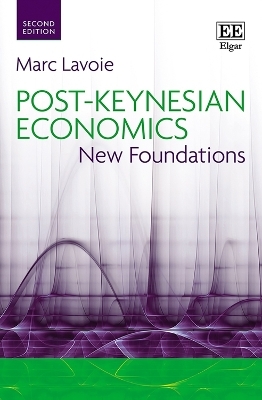
The Grand Pattern of Development and the Transition of Institutions
Cambridge University Press (Verlag)
978-1-316-51550-1 (ISBN)
The culmination of a long-lasting and impressive research program, this book summarizes the relationship between economic development with income on the one hand and the evolution of institutions on the other; the transition of countries from one economic and social system to another. The author considers the transitions of two types of institutions: The first is external; it is legal-administrative systems with staff and buildings. The political system and the economic system are considered. The second consists of traditions and beliefs. Here corruption and religiosity are considered. Contrary to the claim that institutions are causal to development, this book demonstrates that the main direction of causality is from income to institutions. As countries get wealthy, they become secular democracies with low corruption and a mixed economic system. In this impressive coda, Paldam shows that the evolution of institutions is not causal to the economic growth process but rather follows it.
Martin Paldam is Professor Emeritus in the Department of Economics and Management at Aarhus University.
Foreword; Part I. Main Ideas: 1. Introduction; 2. Some technical points; 3. The largest historical event: the end of Soviet socialism; Part II. The Transitions of Institutions: Part IIA. The Democratic Transition: 4. Literature, data, transition path and causality; 5. The jumps model for the short run, 1960–2016; 6. Events are practically random; 7. Three pillars model for the long run, 1800–2016; Part IIB. The Transition of the Economic System: 8. Ownership preferences: the B-index; 9. Economic freedom: the F-index; Part IIC. The Transitions in Traditions and Beliefs: 10. The transition of corruption; 11. The religious transition; Part III. The Grand Transition: 12. The hump-shaped transition path for the growth rate; 13. Do improvements of institutions harm development?; 14. Conclusions.
| Erscheinungsdatum | 20.08.2021 |
|---|---|
| Zusatzinfo | Worked examples or Exercises |
| Verlagsort | Cambridge |
| Sprache | englisch |
| Maße | 158 x 235 mm |
| Gewicht | 520 g |
| Themenwelt | Wirtschaft ► Volkswirtschaftslehre ► Finanzwissenschaft |
| Wirtschaft ► Volkswirtschaftslehre ► Makroökonomie | |
| ISBN-10 | 1-316-51550-8 / 1316515508 |
| ISBN-13 | 978-1-316-51550-1 / 9781316515501 |
| Zustand | Neuware |
| Haben Sie eine Frage zum Produkt? |
aus dem Bereich


